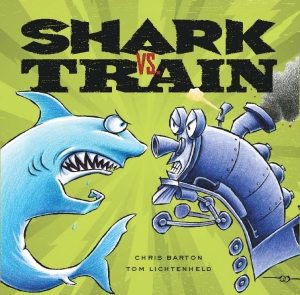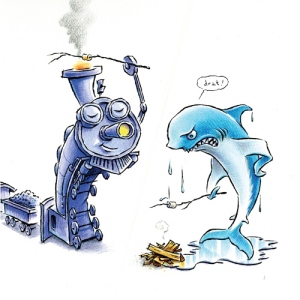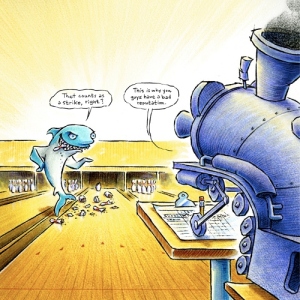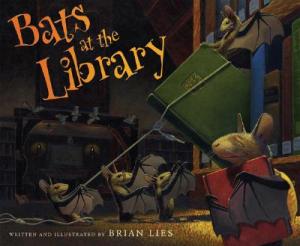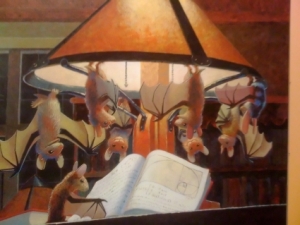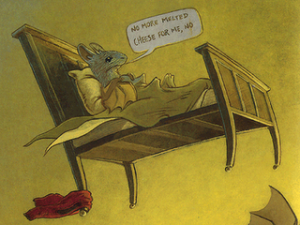Captain’s Log:
Module 12
Port of Call: Arnold McCully, E. (2008). Manjiro: the boy who risked his life for two countries. New York, NY: Farrar Straus Giroux.
First Lines: No Japanese ship or boat… nor any native of Japan, shall presume to go out of the country; whoso acts contrary to this shall die.
Summary: This story is a biography of one of the few Japanese citizens to travel to the United States during the Tokugawa Shogunate’s period of inforced isolationism. Manjiro is a fisherman, and a boy, who is stranded on an island with several other men when their ship is caught in a storm. After some time, they are rescued by a U.S. whaling vessel and taken back to the states. The story details Manjiro’s travels through a foreing culture, his experiences as he finds a place for himself in America, and eventually his return to Japan at the risk of his life.
First Impressions: I’ve had a long-time interest in Japanese culture and yet I had never heard the story of Manjiro. Beautiful full-page pastel illustrations follow the storyline closely and display historical scenes from both the U.S. and Japan.
Suggestions for use: The story of Manjiro is one about overcoming unexpected circumstance, finding new ways to live and learn, and of the power of ‘home’ and belonging. I would use this story to teach about living in another country, or surviving in the face of adversity.
Reviews:
School Library Journal: “Gr 3–6— A fascinating episode from Japanese history, related in an oversize picture-book format. In 1841, while 14-year-old Manjiro and four men were fishing, their small boat was destroyed in a storm, and they were cast away on a tiny island for almost six months. Though they survived a drought and an earthquake, they feared for their lives. “For over two and a half centuries Japan had been closed to the outside world. Anyone who tried to return after leaving the country could be put to death.” They were finally rescued by a New England whaling ship. At journey’s end, Captain Whitfield took Manjiro home to New Bedford, MA. Whitfield married and bought a farm where the boy learned to plant, cultivate, harvest, and ride a horse—a skill reserved for samurai in Japan. Despite increasing homesickness, he attended school and graduated at the top of his class. In 1849, the California gold rush lured him to San Francisco where he collected $600 in gold dust in 70 days. Finally, after a nine-year absence, he headed back to Japan with two of the original castaways. When they arrived, government officials jailed and questioned them for seven months. He told them of America’s desire to trade and of railroads, telegraphs, drawbridges, and wristwatches. At last, he became an honored samurai. An author’s note gives background on Japan’s 250-year isolationist policy and how one curious, determined boy opened the door to the Western world. McCully’s realistic watercolors are striking against white backgrounds and show the contrast between traditional Japanese and 19th-century New Englanders as well as the tumultuous seas and perils of a fishing life. An exciting account of a pivotal period in U.S.-Japanese history.”
Auerbach, B. (2008). Manjiro. School Library Journal, 54(10), 134.
Kirkus: “In this incredible true story, a poor Japanese boy, through fate and enterprise, bridges the cultural gap between Japan and America at a time when Japan was isolated from the world. In 1841, 14-year-old Manjiro and four other fishermen became castaways on a desert island for six months until rescued by an American whaling ship. The resourceful, adaptable Manjiro soon became Captain Whitfield’s favorite, eventually returning to Fairhaven, Mass., where Whitfield educated and mentored him. Initially regarded as a foreigner, the enterprising Manjiro became a popular, respected member of the community, but never forgot his family in Japan. He subsequently worked on a whaling ship and in the California gold rush to save enough money to return to his native land, where he was instrumental in teaching Japan about America. The historically rich text and the realistic watercolor illustrations capture Manjiro’s life and times—both in Japan and New England—making this a first-rate introduction to a relatively unknown young figure in Japanese-American relations. (author’s note, map, bibliography) (Picture book/biography. 7-11)”
Manjiro. (2008, September 1). Kirkus Reviews.







